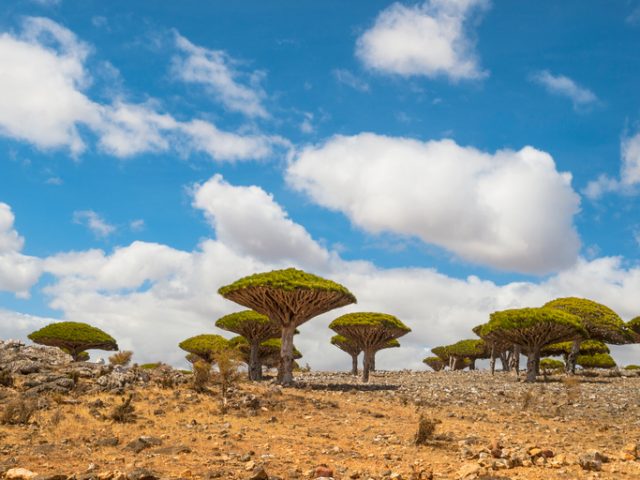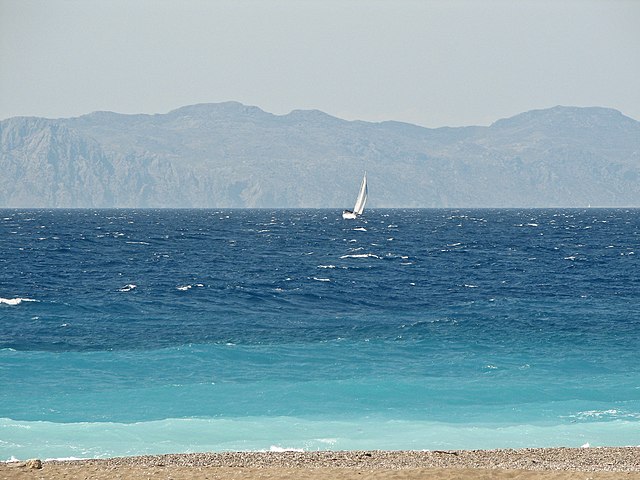Yemen, a country nestled on the southern tip of the Arabian Peninsula, presents a rich tapestry of geographic contrasts that offer a unique insight into its diverse landscapes. From its rugged mountain ranges to its expansive coastal plains, Yemen’s geography plays a significant role in shaping its climate, culture, and way of life. In this blog post, we will delve into Yemen’s coastal and inland regions, exploring their distinct features and the impact these geographical elements have on the country.
Coastal Regions: Where Land Meets Sea
Yemen’s coastline stretches for about 1,900 kilometers (1,180 miles) along the Arabian Sea and the Red Sea, providing a dramatic contrast to its inland terrain. The coastal regions of Yemen are characterized by their arid conditions and significant climatic variations, influenced heavily by the surrounding bodies of water.
1. The Red Sea Coast
To the west of Yemen lies the Red Sea, which defines much of the country’s western boundary. The Red Sea coastline is marked by a series of small ports and cities that have historically been crucial for trade and maritime activities. Cities such as Hodeida and Al-Mukalla serve as key economic hubs due to their strategic location.
The coastal plains along the Red Sea are relatively narrow, bordered by rugged mountains that rise sharply from the sea. This dramatic elevation change creates a striking landscape where the desert meets the ocean. The climate here is arid, with very little rainfall and high temperatures throughout the year.
2. The Arabian Sea Coast
On Yemen’s southeastern side, the Arabian Sea coast extends from the Gulf of Aden to the Strait of Bab-el-Mandeb. This region is home to the city of Aden, one of Yemen’s most significant commercial ports. Aden’s natural harbor has made it a historically important port city, and it continues to be a crucial economic and trade center.
The Arabian Sea coast is slightly different in terms of geography compared to the Red Sea coast. The plains here are broader, and the climate is somewhat less harsh, although still predominantly arid. The region experiences a hot and dry climate with occasional monsoon rains that bring some relief to the otherwise dry conditions.
3. The Socotra Archipelago
One of Yemen’s most remarkable coastal features is the Socotra Archipelago, located in the Arabian Sea, about 350 kilometers (220 miles) from the mainland. Socotra Island, the largest in the archipelago, is renowned for its unique biodiversity and otherworldly landscapes. The island is home to a variety of endemic species of flora and fauna, including the dragon’s blood tree and the Socotra cormorant. The Socotra Archipelago’s isolation has preserved its natural beauty and ecological diversity, making it a UNESCO World Heritage site.
Inland Regions: Yemen’s Mountainous and Desert Landscapes
Moving inland from Yemen’s coast, the geography transforms dramatically from coastal plains to rugged mountain ranges and expansive desert areas. These inland regions are characterized by their diverse topography and climatic conditions.
1. The Western Highlands
The western highlands of Yemen are dominated by the Yemen Mountains, which form a significant part of the country’s inland geography. This mountain range extends from the northern to the southern part of Yemen and includes some of the country’s highest peaks. The highlands are known for their fertile terraces, which have been cultivated for centuries, supporting a variety of crops such as coffee and qat (a local stimulant).
The climate in the highlands is markedly different from the coastal regions, with cooler temperatures and more rainfall. This precipitation supports the lush vegetation and agriculture in the region. The highlands are also home to traditional Yemeni architecture, including the distinctive mud-brick towers and ancient fortresses that dot the landscape.
2. The Central Plateau
The Central Plateau is a broad, flat region that stretches across Yemen’s interior. It is characterized by its arid and semi-arid conditions, with sparse vegetation and low rainfall. The plateau is largely made up of desert landscapes interspersed with occasional oases and wadis (dry riverbeds that fill with water during rains).
The Central Plateau is home to several major cities, including Taiz and Ibb. These cities are important cultural and economic centers, situated at the crossroads of ancient trade routes. Despite the harsh conditions, the plateau supports a variety of traditional agricultural practices and pastoralism.
3. The Empty Quarter (Rub’ al Khali)
To the northeast of Yemen lies part of the Rub’ al Khali, or Empty Quarter, one of the largest continuous sand deserts in the world. The Empty Quarter extends into Saudi Arabia and Oman but covers a portion of eastern Yemen as well. This vast desert is characterized by its towering sand dunes and extreme temperatures.
The Empty Quarter’s harsh environment presents significant challenges for human settlement, but it also holds historical and cultural significance. Nomadic Bedouin tribes have adapted to the desert’s conditions over centuries, and their traditional ways of life are closely tied to the rhythms of the desert.

The Intersection of Coastal and Inland Regions
Yemen’s coastal and inland regions do not exist in isolation; they are interconnected in various ways that influence the country’s climate, economy, and cultural practices. The transition from the coast to the interior regions creates a diverse mosaic of environments, each with its own unique features and challenges. For more insights and further information on where is yamen, check out their page to learn more.
For instance, the interaction between the moist air from the Arabian Sea and the arid conditions of the interior mountains creates a climatic gradient that impacts agriculture and water resources. Similarly, trade routes historically used to connect the coastal cities with the inland highlands facilitated the exchange of goods and culture, shaping Yemen’s development over the centuries.
Conclusion
Exploring Yemen’s coastal and inland regions reveals a country of remarkable geographic diversity and complexity. From the arid coastal plains and dramatic mountain ranges to the vast desert expanses, Yemen’s geography plays a crucial role in shaping its environment and way of life. Understanding these geographic features provides valuable insight into the country’s history, culture, and ongoing challenges.
As Yemen continues to navigate its modern challenges, including political instability and environmental concerns, a deep appreciation of its geographic diversity remains essential. The interplay between Yemen’s coastal and inland regions offers a fascinating glimpse into the country’s natural and cultural richness, underscoring the importance of preserving its unique landscapes and heritage.






